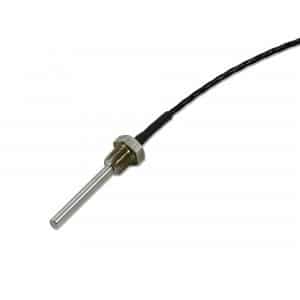How to Measure Temperature?
Temperature Measurement? Temperature can be measured via a broad range of temperature measurement devices.
Temperature varies and needs regular monitoring for safety and efficiency. At Process Parameters, we have a variety of tools, from simple thermometers to advanced thermal cameras, to help you track temperature and keep accurate records.
All of these ranges of sensors take a temperature reading by sensing some change in a physical characteristic. The most common temperature sensors that may be used by an engineer or industrial company are as follows:
Thermocouples, Platinum Resistance Thermometers (Also known as RTD or Pt100), thermistors, Infrared Pyrometers and Thermal Imaging Cameras.
What Types of Temperature Measurement Devices are available?
To help you choose the right tool for measuring temperature, here are some popular options:
Thermal Imaging Cameras: These cameras use special technology to show hot and cold areas as different colors on the screen. They work in any lighting and can connect wirelessly to share images for troubleshooting.
Digital Thermometers: These have a digital display, making it easy to read the temperature. They’re more accurate than old-style mercury thermometers, and some can show temperatures in both Fahrenheit and Celsius.
Infrared Thermometers: These measure temperature without touching anything. They’re simple to use and provide quick and accurate readings. People often use them to find hot or cold spots in a house or check electrical circuits.
Temperature Probes: These attach to devices like digital thermometers and quickly measure the temperature of an area.
Liquid in Glass Thermometers: These are the classic thermometers with mercury inside. As it gets hotter, the mercury rises, and you can read the temperature.
Temperature Calibrators: They measure temperature using special materials and create a tiny electric signal. There are different types for various purposes.



